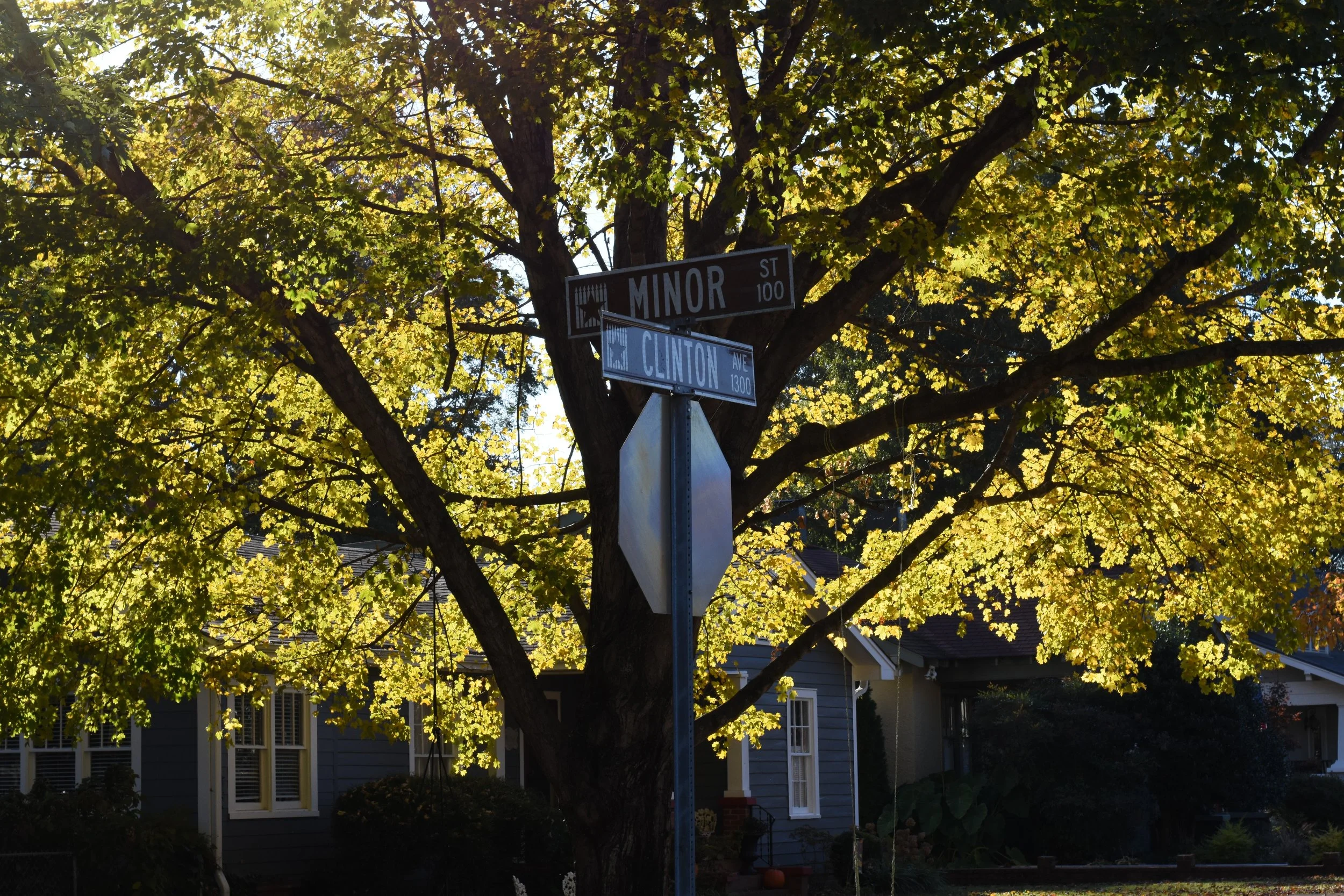
1892
A plot of land, a grid of ideas and four men from … South Dakota
Five Points is one of Huntsville's Historic Preservation Districts, established in 1999. Initially part of the 1892 East Huntsville Addition, it developed slowly over the course of a century. Our neighborhood's significance lies in its illustration of the evolution of middle-class housing in 20th century Huntsville, rather than a concentration of one period.
Our neighborhood still retains its 19th century grid layout of broad, parallel streets, narrow but deep lots, and rear service alleys, which permit pedestrian-oriented streets.
In 1892 when the East Huntsville Addition was replatted by the Northwestern Land Association the new east and west roads became Avenues named for the South Dakota Northwestern Land Association company’s directors: William S. Wells, Willard I. Wellman, Tracy Wilder Pratt, and James Ward; as well as other prominent Huntsvillians. The exception was Eustis, Randolph and Clinton, which were continuations of existing roads; therefore, their names remained the same. The north and south roads became numbered streets, and remained that way until a city ordinance in 1958 renamed roads throughout the city.
The dwellings include a collection of modest one and two-story vernacular Victorian homes, a variety of Bungalows that experienced great popularity in the 1920's and 30's, modest Cape Cods, which were then succeeded by the Ranch style, which was so fashionable in the 50's and 60's.
In July 1899 the Huntsville Railway, Light & Power Co. was organized and the capitol stock was set at $100,000. Of this amount, Tracy Pratt invested $99,700.
East Huntsville Addition
Today the heart of Five Points retains it’s walkability with Star Market, Propst Drugs, several restaurants, gas stations, a bank and specialty shops within the grid of our historic district.
The East Huntsville Addition was annexed into the City of Huntsville in 1925.
The construction of a streetcar line followed and created the suburb and neighborhood now known as Five Points, which allowed working people to live farther than walking distance from jobs and shopping.







